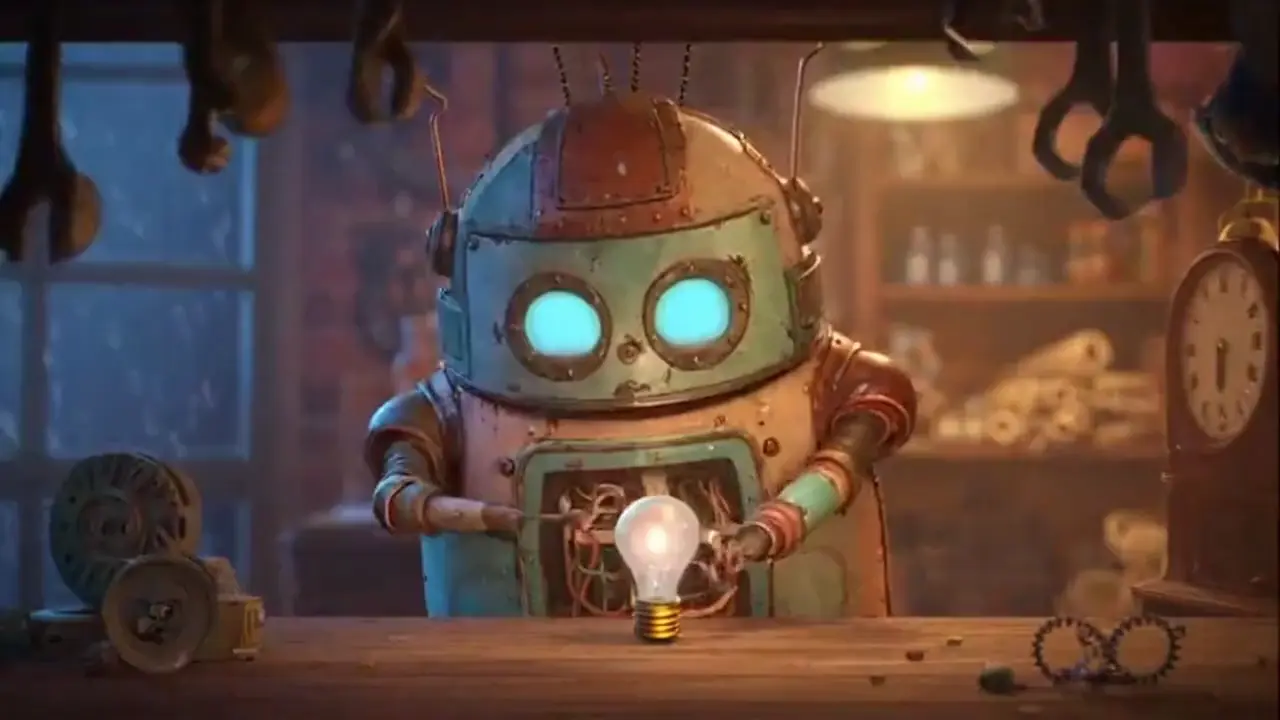
AI model for dynamic dubbing and expressive video creation from voice or footage.

AI model for dynamic dubbing and expressive video creation from voice or footage.

Generate realistic videos with synced audio from text using OpenAI Sora 2.

Transform still images and voice tracks into lifelike talking avatars with precise motion control.

Make fast, realistic videos from text or images at a low cost.

Turn photos into expressive videos with synced voice motion.

Consistent characters, objects, and scenes in any setting or angle.
Fantasy Portrait is an AI-powered tool that turns a still portrait image into a realistic talking video. It uses the FantasyPortrait model along with Wan 2.1 video diffusion to generate cinematic animated clips that preserve the subject's identity while adding lifelike expressions and motion.
Fantasy Portrait is accessible through Runcomfy's AI playground, where users can generate content by spending credits. New users typically receive free credits to try out Fantasy Portrait without cost initially.
Fantasy Portrait produces high-quality MP4 video outputs at a standard 720x720 resolution. It maintains visual consistency and facial identity while delivering expressive motion, making it well-suited for creative storytelling or character animations.
To use Fantasy Portrait, you'll need a well-lit, high-resolution portrait image. You can also optionally include a text prompt to guide expression, or even upload a reference video for timing. Width, Height, and Frame count help fine-tune your final animation output.
Yes, Fantasy Portrait allows you to suggest moods or emotional tones through optional text prompts. It uses a UMT5-XXL encoder to understand prompt context and apply it to the animation, resulting in expressive and relevant facial behavior.
Fantasy Portrait is ideal for creators, illustrators, and storytellers looking to bring static character portraits to life. It’s especially useful for social media content, game design, and emotional scene visualization using animated talking heads.
Fantasy Portrait runs on the Runcomfy website, accessible via modern desktop and mobile browsers. There's no need for local downloads or installation, and you can simply log in to start using it with available credits.
Fantasy Portrait stands out by combining expressive embedding, identity preservation, and cinematic motion using advanced models like FantasyPortrait and Wan 2.1. This ensures higher visual fidelity and emotional depth compared to many simpler talking photo apps.
While Fantasy Portrait offers high-quality animation, its performance depends on input image clarity and framing. Overly complex prompts or poorly lit portraits may reduce output quality. Additionally, usage depends on credits, which may limit generation volume without purchase.